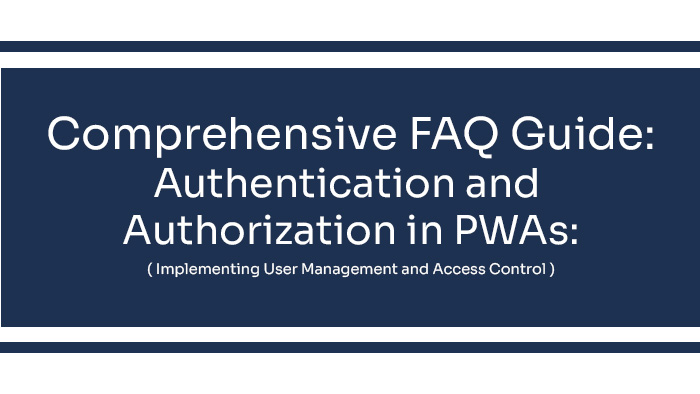What are the privacy concerns associated with IoT application development?
Privacy concerns in IoT application development are significant due to the large-scale collection and processing of personal data using connected devices. Security vulnerabilities, data breaches, unauthorized access, and lack of user control are some primary concerns. Moreover, the sheer volume and variety of data generated by IoT devices make it challenging to ensure data privacy and protection. To address these concerns, developers must implement robust security measures, such as encryption, authentication, and access control. User consent and transparent data policies are also crucial. Regular security audits, timely software updates, and adhering to privacy regulations like the GDPR can help mitigate privacy risks in IoT applications.
